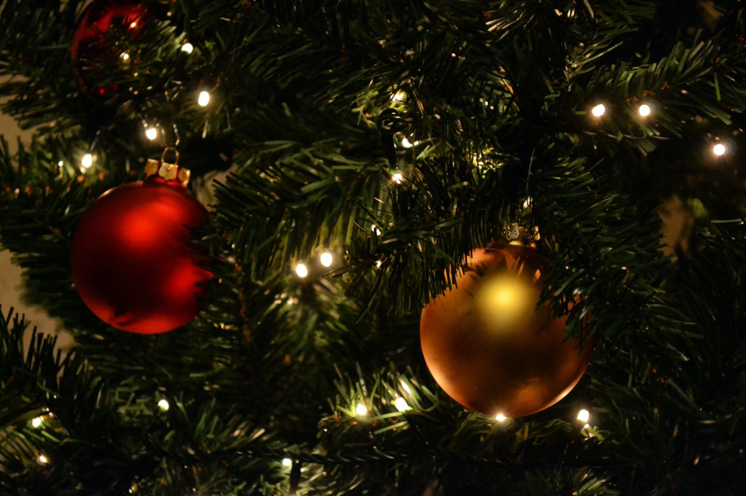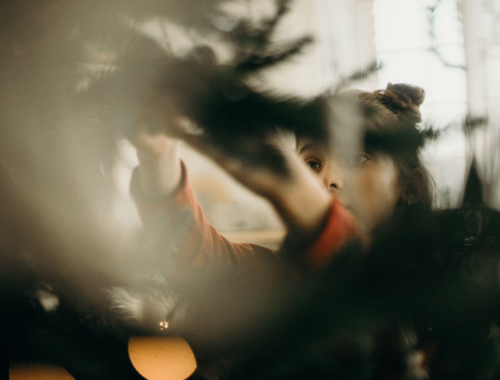
The Fascinating History of Artificial Christmas Trees in China
The origin of artificial Christmas trees
The tradition of Christmas trees began in Germany in the 16th century. The first Christmas trees were not artificial; and they were actual trees decorated with candles, fruits, and nuts. This tradition traveled through Europe and was brought to the United States by German immigrants. However, the first artificial Christmas tree was invented in Germany in the 19th century. The artificial trees were made of goose feathers dyed green and were popular in the US until the 1950s.
The first artificial Christmas trees were made with goose feathers because they were cheap and easy to produce. However, they were not durable and tended to shed, making them unpopular. After World War II, new materials, such as aluminum and PVC, were introduced, revolutionizing the artificial Christmas tree industry.
How China became the largest producer of artificial Christmas trees
As the demand for artificial Christmas trees grew, the United States became the largest producer in the 1960s. However, in the 1980s, production shifted to China because of its low labor costs. Today, China is the largest producer of artificial Christmas trees, with an estimated 80% of all artificial Christmas trees being made in China.
The artificial Christmas tree industry has become a significant part of China’s economy, with many manufacturers in the Guangdong Province. The sector employs hundreds of thousands of people, and the production process involves assembling the trees by hand.
Interestingly, China’s artificial Christmas tree industry has indirectly contributed to preserving the Great Wall. In the 1990s, China had a surplus of bamboo, a common material for artificial Christmas trees. Instead of discarding the excess bamboo, it was used to repair and preserve the Great Wall.
In conclusion, the history of artificial Christmas trees is fascinating, with its beginnings in Germany and its evolution into the modern industry we see today. China’s role in producing artificial Christmas trees is vital, and its economy has benefited from the industry. Who would have thought that a Christmas tradition could lead to preserving a world-famous landmark like the Great Wall?
So, next time you put up your artificial Christmas tree, you can appreciate the history and cultural impact that it represents. And maybe you can even enjoy a traditional Japanese snack like an onigiri while admiring the festive décor!
You May Also Like

Get Your Home in a Festive Mood with an 8-Foot Artificial Christmas Tree.
May 28, 2023
Unlit Artificial Christmas Trees: Do You Need Lights?
July 1, 2022

